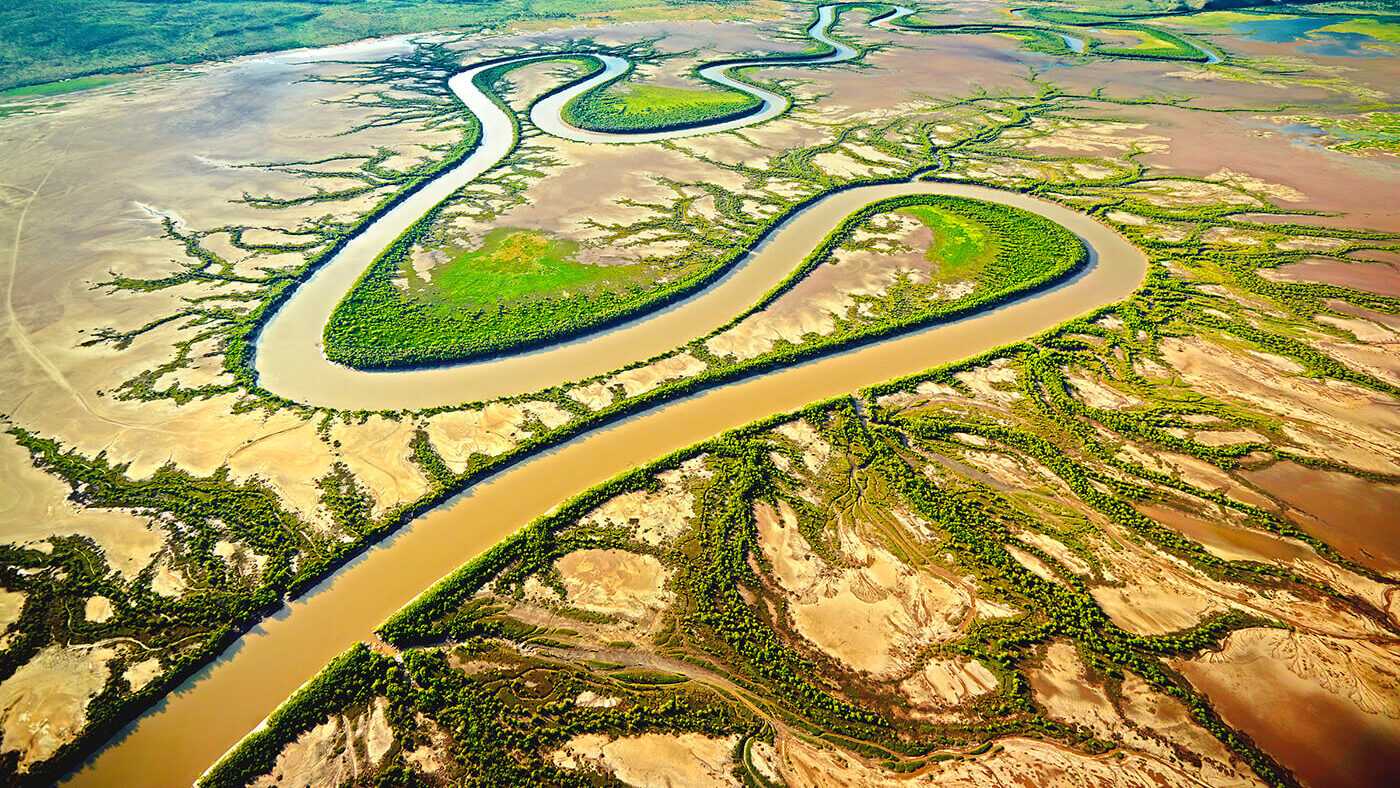Balancing Federal Authority and Land Utilization under the Clean Water Act
On October 18, 1972, Congress passed the Clean Water Act (CWA) to combat rampant pollution of our nation’s rivers, lakes, and stream. The CWA made it unlawful to discharge any pollutant into waters of the United States and gave the United States Environmental Protection Agency (USEPA) and the United States Army Corps of Engineers (Corps) the regulatory authority to enforce the provisions of the CWA. Through the continued enactment and enforcement of the CWA, the USEPA and Corps have had great success in improving our nations rivers, lakes, and streams. However, this increase in the federal government’s authority over the nation’s waterways has resulted in the USEPA and Corps to clash with many interests such as government authorities (ports, towns, etc.), corporations, developers, and private citizens regarding how the USEPA and Corps have enforced the CWA to limit how a parcel of land could be utilized. This has resulted in development projects being cancelled, ranchers and farmers being limited on to what portions of private land could be used for their commercial operations, among other enforcement actions, including significant monetary fines. As a result, there have been many legal challenges to how the CWA was enforced throughout the 50-year lifespan of the regulation in an effort to limit the USEPA and Corps’ authority over whether or not the CWA is applicable to the use of non-federally owned land. This was due to the vagueness of the definition of waters of the United States in the CWA which allowed for different interpretations of what was included.
Interpreting ‘Waters of the United States’ and the Burden of Significant Nexus Evaluation
One of the longest running debates related to the ability of the USEPA and the Corps to limit the use of non-federally owned land was whether a wetland was considered waters of the United States. It has been traditionally understood that the waters of the United States included the surface water of tributaries and wetlands that flow directly into rivers and lakes year-round. However, there has always been a question of whether or not ephemeral streams/drainage ditches that do not contain surface water year-round and wetlands that are isolated from a water body should be considered waters of the United States. Due to this ambiguity, the Corps developed the Significant Nexus evaluation to assess properties on a case-by-case basis. The evaluation was used to determine if a property that has ephemeral streams/drainage features and/or isolated wetlands would be considered a subject to the CWA by the Corps. If a property owner wished to use a portion of the property that may be considered waters of the United States under the significant nexus process, they would need to apply for a Jurisdictional Determination (JD) from the Corps. The JD would provide a determination if the Corps would consider the land feature(s) in question to be subject to the CWA. This process requires a property owner perform lengthy and costly evaluations of the land feature(s) in question, and often time would result in a ruling that the feature in question is subject to the CWA. If the property owner was unaware that a portion of their property was subject to the CWA under the Significant Nexus evaluation, and they disturbed the feature(s) in question without applying for a JD, the USEPA and Corps have historically imposed penalties that included fines and remedial costs on landowners if they disturbed isolated wetlands on privately owned property.
The Sackett Property
This exact scenario happened to Chantell and Mike Sackett, who purchased a parcel of land within a development in 2004 near Priest Lake, Idaho. The Sackett’s property was not located on the lakeshore or connected to a drainage feature that contained standing water and was connected directly to the Lake. The Sackett’s obtained the necessary local building permits and began grading their property by importing fill. Shortly after, the USEPA informed them that a wetland feature on their property was subject to the CWA. The EPA considered this wetland feature to be subject to the CWA since they were near a ditch that fed into a creek, which led into Priest Lake. The Sacketts argued that there is no surface connection between the wetland feature and the ditch; however, the EPA maintained their opinion and ordered the Sacketts to remove the fill and return the lot to its previous state or incur financial penalties up to $40,000 per day. This led the Sackett’s to sue the USEPA in 2008, starting a long and arduous legal process leading to United States Supreme Court’s (Supreme Court) May 26, 2023 ruling which significantly reduced the limits of what land features are subject to USEPA and Corps enforcement of the CWA. Under the ruling, the Supreme Court determined that the provisions of the CWA extends to “only wetlands with a continuous surface connection to bodies that are ‘waters of the United States’ in their own right,” so that they are “indistinguishable” from those waters. This ruling meant that since there was no surface connection from the wetland to a surface water feature that connected directly to Priest Lake, the wetlands were not subject to the CWA, dismissing the USEPA’s previous ruling and allowing the Sackett’s to construct the planned development on this property.
The Sackett ruling now has set a legal precedent, which has greatly reduced the authority of the USEPA and Corps on how they manage privately owned wetland features. With this ruling many private property owners will have increased ability to use their property as they see fit, leading to many properties that were deemed unusable due to wetland features that were historicalally subject to the CWA under the Significant Nexus test to be developed or used for agricultural purposes. This ruling has both supporters and detractors, and the USEPA and the Corps will need time to re-evaluate how they enforce the CWA. As a result, the impact of this ruling may not be immediately seen; however, it will likely be a historical change to how the balance between conservation and commerce is managed in this country.
How VERTEX Can Help
The Clean Water Act has played a crucial role in improving the quality of our nation’s water resources. However, the increased federal authority has led to conflicts regarding land utilization. The vagueness of the “waters of the United States” definition and the Significant Nexus evaluation have been subjects of debate. The recent Supreme Court ruling in the Sackett case has reduced the scope of the Act’s enforcement, granting more freedom to private property owners. This landmark decision will likely reshape the balance between conservation and commerce. To learn more about VERTEX’s Forensic Environmental services and how they can help navigate the complexities of land utilization, contact our experts at 888.298.5162 or submit an inquiry. VERTEX ensures timely and cost-effective completion of necessary work, combining insurance industry knowledge with technical expertise in environmental, engineering, and construction.





